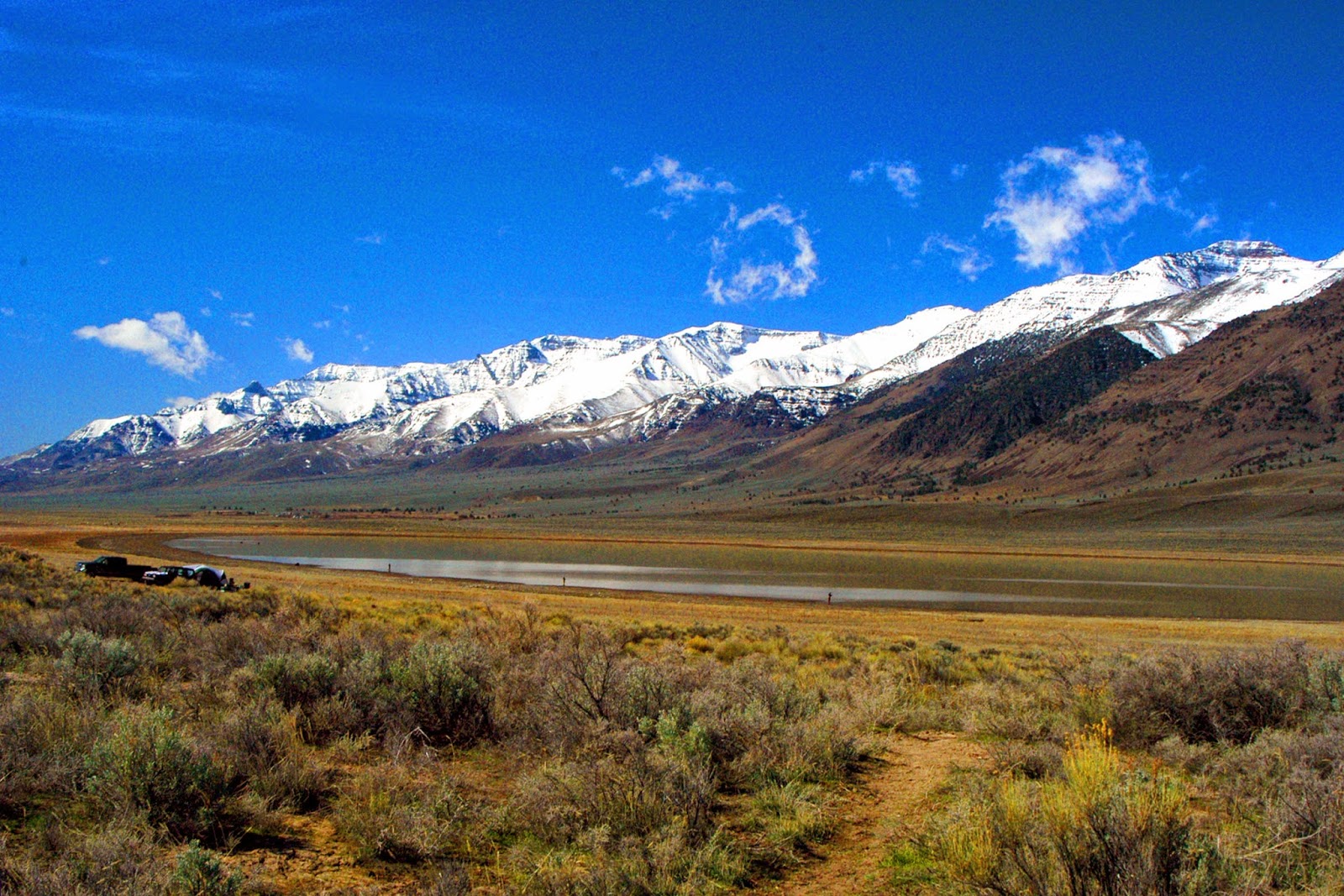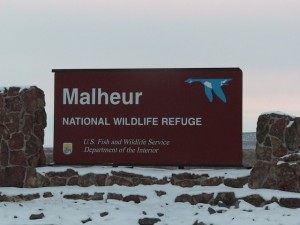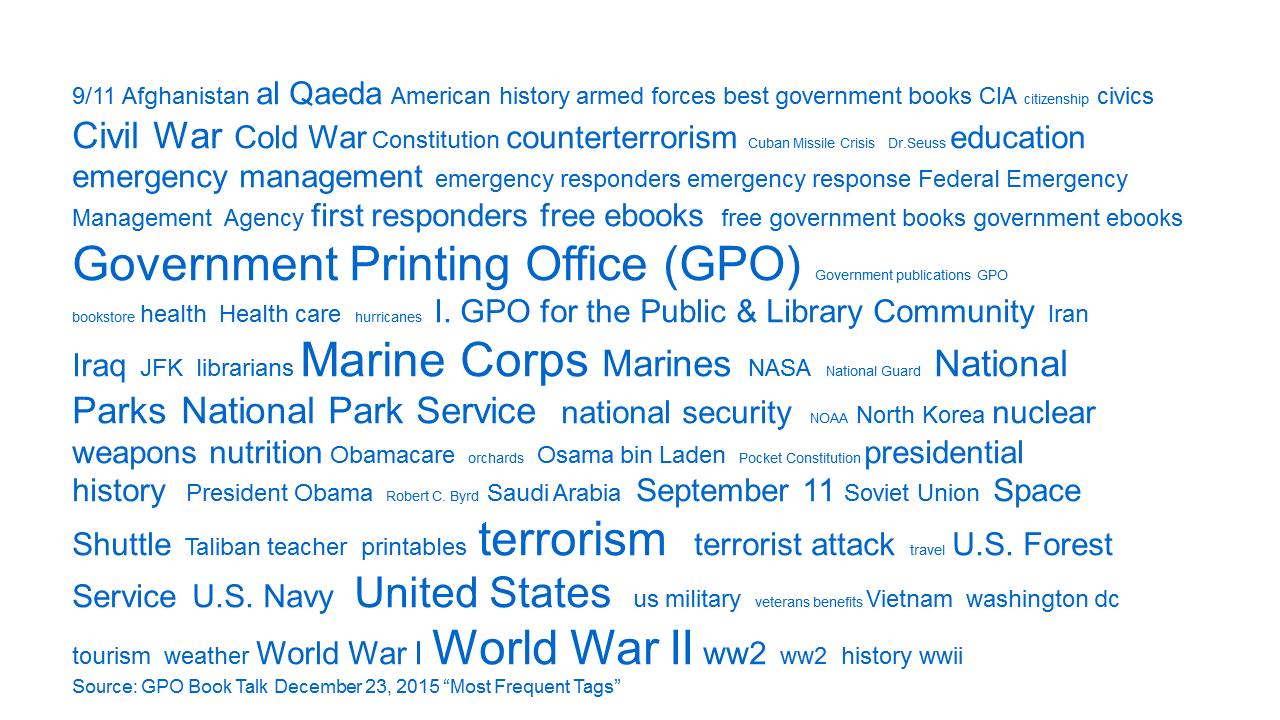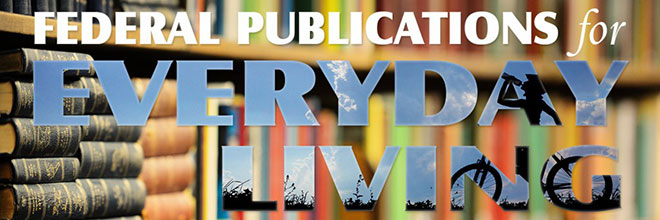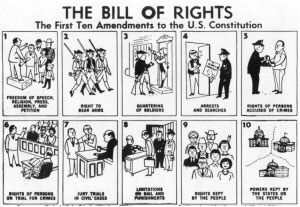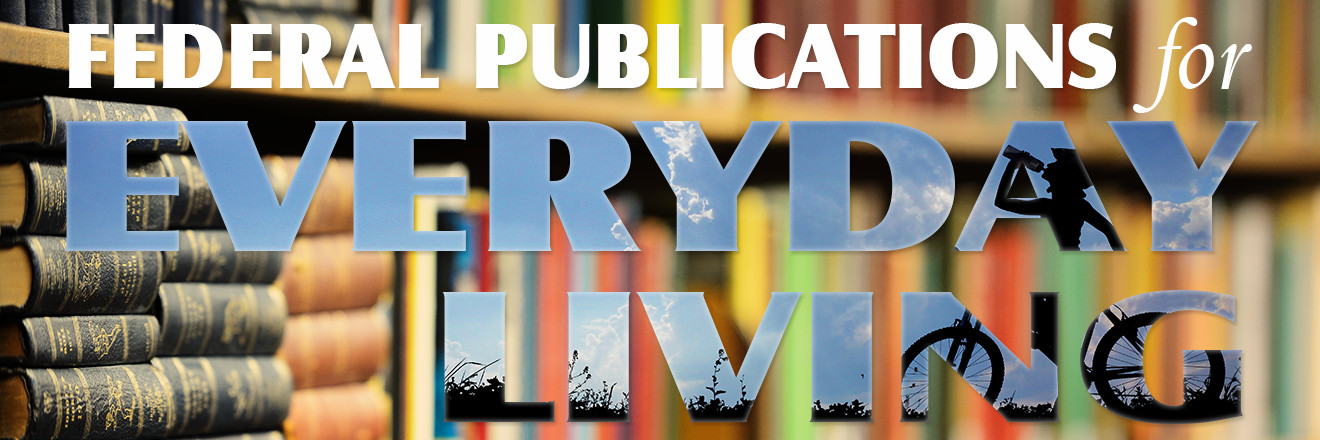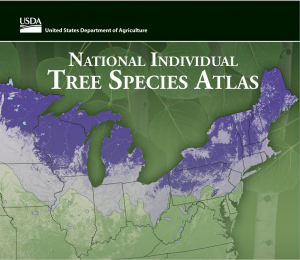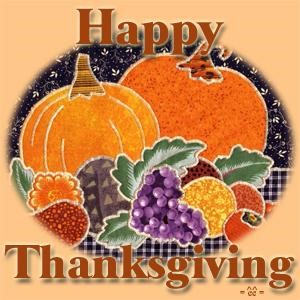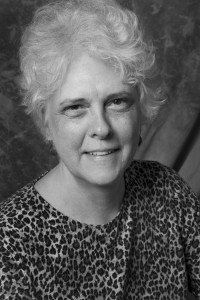From the desk of Rand Simmons
The conflict between the Bureau of Land Management and protesters and ranchers has received widespread attention from the media. The site of the protest is the Malheur Nation Wildlife Reserve located in rural Oregon near the small town of Burns.
What do you know about this beautiful but remote area of Oregon? Want to know more? That’s where a library comes in handy. The Washington State Library is a great place to begin.
Because we are a Regional Library for the Federal Depository Library program we have a comprehensive collection of publications issued by government agencies and distributed by the Government Publishing Office. We also have the responsibility to collect and maintain publications of Washington state agencies. With the exception of older publications ours are listed in our catalog and many lead to digital copies online.
Many maps and other federal publication are published electronically. The State Library catalog points to the online version as well as a print version if one exists.
Federal Publications
Burnside, C. D., & U.S. Fish and Wildlife Service. (2008). Malheur’s legacy: Celebrating a century of conservation, 1908-2008 : Malheur National Wildlife Refuge Southeast Oregon. Princeton, Or.: U.S. Department of the Interior, Fish and Wildlife Service, Region 1, Malheur National Wildlife Refuge. Available at WSL! WSL Federal Documents I 49.2:M 29/3
Many Federal Documents are available online:
U.S. Fish and Wildlife Service. (1995). Birds, Malheur National Wildlife Refuge, Oregon.
Available at WSL! Call No. I 49.44/2:M 29/2/995-2. This publication can also be found online where it can be downloaded as a .pdf file.
U.S. Fish and Wildlife Service. (2008). Malheur National Wildlife Refuge: Blitzen Valley auto tour. Online and in print at WSL: I 49.44/2:M 29/11
Malheur National Wildlife Refuge (Agency : U.S.). (2012). Refuge waters in peril. Available online and in print at WSL: Sudoc No. I 49.44/2:W 31
Fish and Wildlife Service. (2008). Malheur National Wildlife Refuge. Available online and in print at WSL: Map Sudoc No. I 49.44/2:M 29/8
Northwest Collection
From the State Library’s Northwest Collection, two commercially published titles:
Langston, N. (2003). Where land & water meet: A Western landscape transformed. Seattle: University of Washington Press. Available at WSL!: NW 333.918 LANGSTO 2003.
Littlefield, C. D. (1990). Birds of Malheur National Wildlife Refuge, Oregon. Corvallis, Or: Oregon State University Press. Available at WSL!: NW 598.2979 LITTLEF 1990.
Search the State Library’s online catalog and you will find online resources on hunting, wildlife, hiking, biking, and fishing. Set search to subject and key in: Malheur National Wildlife Refuge.
Need help locating information? Try our Ask a Librarian service. You can chat live with an information specialist.
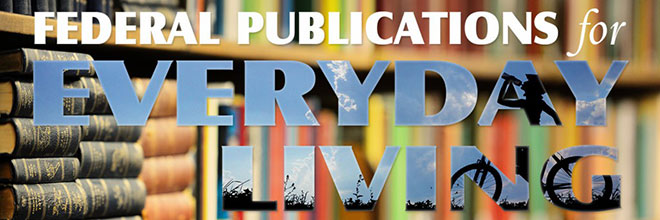
Vol 2 No 1
This publication was prepared by Rand Simmons, Federal Collection Executive Manager, with the assistance of Staci Phillips. For more information contact Rand, [email protected].






